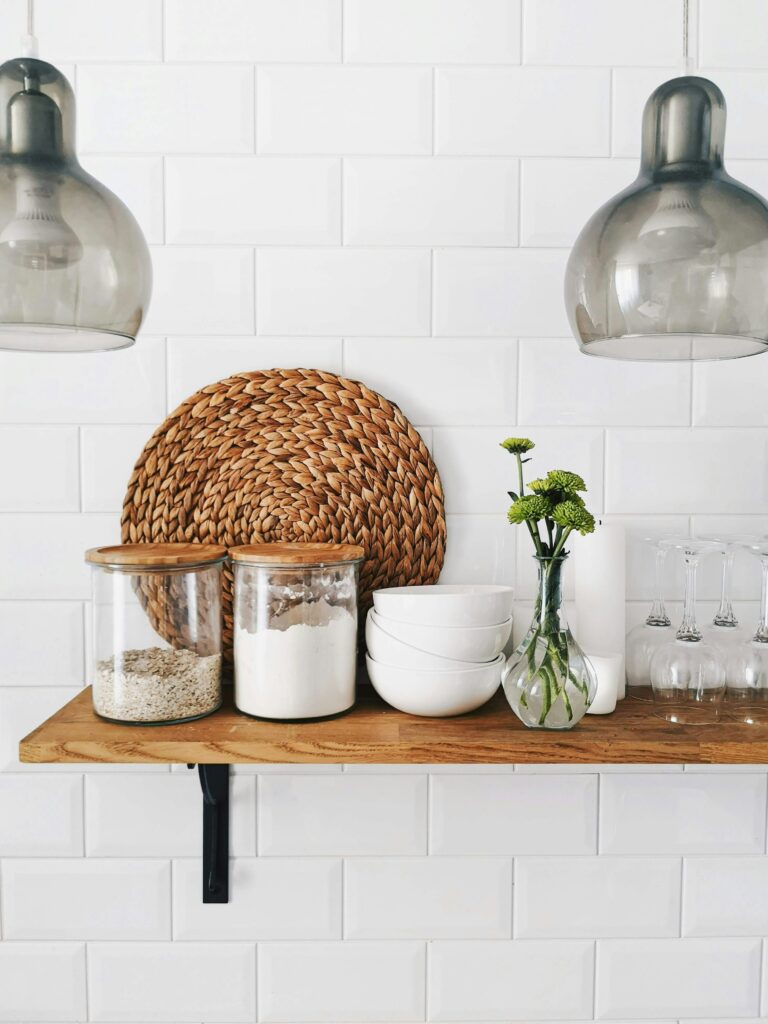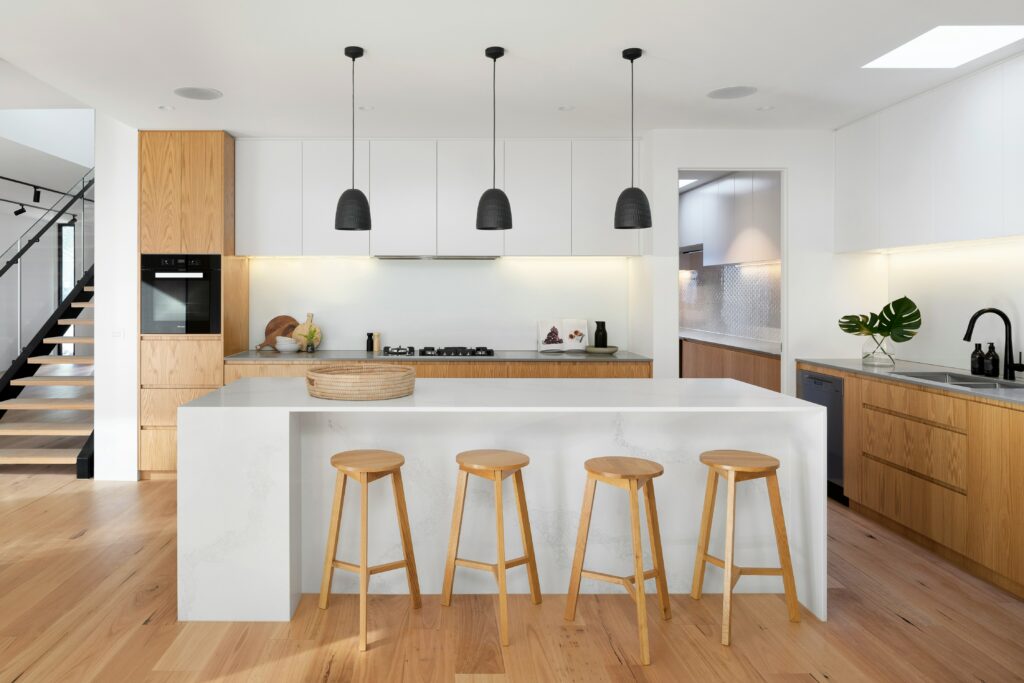
If you read this blog regularly, you should have a good understanding of the Scandi style. It’s all about being minimalist while creating a calm and collected interior.
But what happens when you combine it with a more industrial aesthetic? That’s when things get more complicated.
Fortunately, we have some answers for you in this blog. We look at what happens when you give your Scandinavian interiors a rawer, edgier feel that breaks with tradition. Here’s what you need to know about giving them an industrial-style makeover:
Work Out What The Styles Mean For You
The first step is to get an understanding of what both styles mean and what they want to achieve. The Swedes and Danes originally developed the Scandi style to reflect their egalitarian and simple approach to life. That’s why it is so minimalist but also includes cosy Hygge elements.
Industrial design is different. It’s more of a celebration of Victorian machinery – the industrial structures that built the modern world. Key features include:
- Metallic accents
- Exposed brickwork
- Utilitarianism
Given the thrust of the two styles, you should have some ideas for how they might work together. Both emphasize rawness and minimalism, and both have a coolness about them, though they do it in different ways. They also work with modern and contemporary concepts, like open-plan living areas and efficiency-focused bathrooms.
Find The Balance
The next step is to find a balance between the two styles. You want elements of each to shine through and complement each other.
Finding the balance requires starting with colours. Scandi style is all about neutral, light, and airy tones. It shouldn’t feel like walking into a medical clinic, but it should be an elevating experience.
By contrast, an industrial style focuses more on dark furniture pieces, metal accents, and brickwork. It isn’t as afraid of offending the eye, but it does it in a robust and bold way.
For example, you could give a room a white or neutral Scandinavian color theme and then leave one of the walls raw brick. You could then add some DIY black threaded pipe furniture, like shelving, to complement that part of the room. Everything should still work together, as long as you maintain the scene’s basic minimalism.
When it comes to materials, you have all sorts of options. Industrial style is famous for:
- Metal fixtures and fittings
- Metal panels
- Concrete floors or resin-treated and smoothed concrete floors
- Copper
- Small glass and metal windows
Scandinavian materials include:
- Wool (as in woollen rugs and throws)
- White and neutral linens
- Woven textures, like wicker baskets
- Pastel colors
Mixing these together requires partial segregation of your rooms. For example, you could make your kitchen prep area industrial but leave your living spaces feeling more hygge. You could also “hint” at industrial design in your Scandi interiors by adding features or fittings that reflect the style.
For instance, you might experiment with adding a pipework, hand-made lamp or some dark metal shelving to the space. You could also include more orange, a color associated with more industrial styles.
Consider The Furniture
Once you have the balance sorted, the next step is to think about the furniture. You want to make the room as simple as possible while blending styles.
The great thing about furniture is that you can find pieces that embody elements of both aesthetics. These should complement practically any room you construct.
For instance, sleek metal chairs work well in Scandinavian interiors. Adding a cushion or two can soften them up a little and match the rest of the theme.
You can also add vintage rugs from the industrial era. These warm the concrete floors but don’t look out of place.
Industrial light fittings are also an excellent option.
Make The Space More Hygge
Of course, if you go too far in the industrial direction, the space will stop looking cozy and you won’t marry the styles properly. Therefore, you’ll want to focus on including industrial features that add warmth.
Many people do this by adding pendant bulbs to their rooms. These use old incandescent-type bulbs with over-sized filaments with a special metal composition that encourages the production of warmer tones.
It can also involve layering curtains or using more throws for softness, particularly if you want to include a lot of metal elements.
You can also have luck with greenery and pottery. These elements bring a touch of naturalness to your interiors, which makes them appear less complicated and more complementary.
Don’t Overdo It

If there’s one point we want to make in this post, it’s that you don’t want to overdo the industrial element of any industrial/scandinavian interior fusion. Keeping it simple and focusing on a few changes is more likely to result in an attractive space. If you add too many pipes, metal elements, or bricks, it will distort the room and leave it looking less than its best.
Be Okay With The Contrast
At the same time, you’ll want to accept the contrast of the two styles. They are certainly not the same.
The main characteristic they share is their minimalism. Both seek to remove unnecessary complications from the interior environment. Therefore, you don’t want to get into a situation where your fusion ideas are adding complexity and undermining the spirit of both styles.
Scandinavian and industrial styles also share the fact that they prioritize functionality. Again, this should come through in your interior design. Adding things for the sake of it will complicate the environment and prevent it from delivering the aesthetics you want.
Add Natural Light
You should also focus on incorporating more natural light, something that’s critical for Scandi and industrial styles. Many industrial buildings have giant windows (originally for workers), but you can include these in the walls and ceiling for domestic interiors.
You can also personalize the space by adding pops of color, perhaps reflecting the interior theme elsewhere in your home. Adding oranges and yellows can work well with industrial and Nordic elements.
So, there you have it: how to master the combination of Scandi style and industrial aesthetics.







Leave a Reply